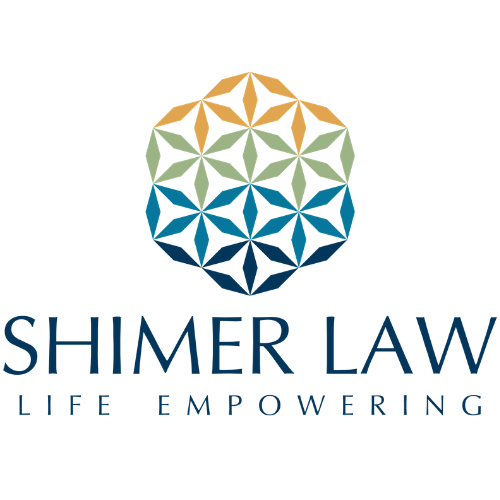Mediation – the alternative dispute resolution process revealed….
We’ve all heard about mediation - but many of us have no idea how this process of alternative dispute resolution actually unfolds. The idea of sitting down with someone that we are in conflict can be intimidating and its hard to imagine how we can get anything resolved without an arbitrator dictating the terms of resolution. Mediation is actually a beautiful process in which the parties themselves come up with solutions and after discussion agree on how to resolve conflict. This agreement is then put into writing, with both parties signing. The process if done correctly is empowering to the parties and the agreements are usually adhered to - because they are created by the parties themselves.
There are usually six steps to a formal mediation:
1) Introductory remarks
2) Statement of the problem by the parties
3) Information gathering
4) Identification of the conflict – what needs to be resolved
5) Bargaining and generating solutions
6) Reaching an agreement
Introductory Remarks
The parties and mediator meet together in a comfortable physical location. It is much more effective and empowering for both parties to be in the same room for this process - facing each other and speaking and listening to each other. With an effective mediator the parties can trust that they will be respected and safe. The mediator will start the session by outlining the process and rules. The mediator will define the protocol and set the time frame for the process. There will be a review of the mediation guidelines and the mediator will briefly recap what it is that the parties are in conflict about. This opening statement by the mediator will set out the ground rules for the mediation. These ground rules are what help the mediation go smoothly and both sides must affirmatively agree to adhere to the process as spelled out during this time.
Exploring the conflict
After the opening statement, the mediator will give each side the opportunity to speak without interruption on their perspective on how the conflict was created. The mediator serves as a third party witness and remains neutral – encouraging each party to speak freely and listen to the other party when its their turn. This forum for the statement of the problem is meant to allow each party uninterrupted time, where they can tell their side of the conflict. It also gives the parties an opportunity to frame the key issues that need to be resolved. By giving each party a chance to speak and listen the parties are able to define what needs to be addressed to resolve the conflict. More often then not when the parties actually hear both sides empathy is created which then decreases hostility and balances the power between the sides.
Information Gathering
The mediator will ask the parties open-ended questions to try to get the parties to understand the under currents and perhaps not obvious roots of the conflict. The mediator should repeat back key ideas to the parties, and will summarize the key issues of each party at the end of their turn. The mediator’s role is to keep the parties on track and build rapport by holding a safe space where people are able to speak and be heard without interruption.
The mediator may decide to hold a caucus (private session) with each party in order to move the negotiations along or if emotions get high in the room. This caucus session will be confidential. The caucus provides a safe environment in which to brainstorm and bring underlying fears to the surface.
Problem Identification
After each party has spoken, the mediator and the parties create a list of the key issues in conflict that need to be addressed.
Generating Solutions
Once the participants have defined the areas in dispute, the mediator will facilitate a brainstorming session to explore potential solutions. Usually, all potential solutions are explored and new solutions are often discovered as a part of this process.
The goal of the session is to find some common ground by exploring lots of options, and to bring about possible solutions for the parties to think about that might not have been explored before each party had the opportunity to speak and be heard in a neutral non-confrontational setting. Bargaining often takes place during this time and compromise is often a key ingredient, as both parties work to come up with a tenable solution together.
Agreement
By generating solutions together the parties usually come up with an agreement in real time during the mediation session. The mediator will draft this agreement and both parties will sign it – usually on the same day.
Thus, mediation provides a platform for conflict resolution by creating a safe place for both parties to speak and be heard. Its purpose is to enable people to come up with their own solution by working together – and hence most solutions are adhered to as each party has a hand in creating it. Mediation saves the parties the time and money by not having to resort to the courts and is self-empowering for the individuals involved.

